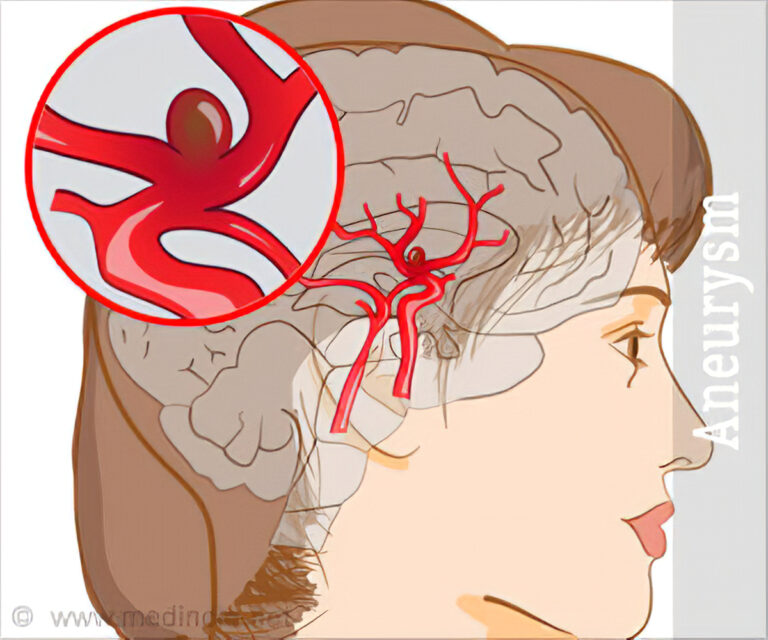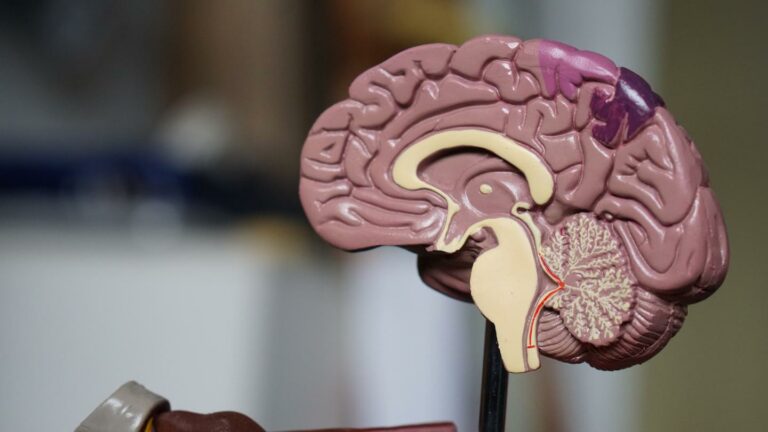Migraine - Symptoms, Causes and Treatments
Author: Shiela Lupiba
Shiela Lupiba
Category: Mental Health
 Migraine
Migraine
What is Migraine?
A migraine is a type of headache that often affects only one side of the head and can cause extreme throbbing pain or a pulsating feeling in the affected area. It is frequently accompanied by feelings of sickness, vomiting, and an acute sensitivity to both sound and light. Attacks of migraine can last anywhere from a few hours to several days, and the pain can be so intense that it disrupts your normal day-to-day activities.
Migraines can begin at any age, although the risk of developing them increases significantly when a person is a teenager. When you’re in your 30s, you’ll often have more of them, but as you become older, you’ll have fewer of them.
Symptoms
Migraines manifest themselves differently in each individual. Many people experience them in a series of stages. These stages might include the following:
- the prodrome (premonitory) stage
- the aura (visual symptoms or tingling)
- the headache (main attack) stage
- the postdrome (recovery) stage
Prodrome
In the days leading up to a migraine attack, you might become aware of some subtle changes in your body that serve as an early warning sign, such as the following:
- Constipation
- Alterations in mood, ranging from melancholy to elation
- a desire for food
- Neck stiffness
- Urination that is more frequent
- Fluid retention
- A constant need to yawn
Aura
A migraine with aura, also known as a classic migraine, is a recurrent headache that can occur either immediately after or in conjunction with a sensory disturbance known as an aura. These disruptions can manifest as flashes of light, blind patches, and various other changes to one’s eyesight, as well as tingling in one’s hand or face.
Migraine with aura and migraine without aura, commonly known as common migraine, are typically treated in the same way. You can attempt to avoid migraines with aura by taking the drugs and self-care steps that are typically taken to prevent migraines.
Visual Auras’ Signs and Symptoms
In most cases, both eyes will be able to see the visual aura. Small spots, zigzag lines, or flashes could be the initial manifestations of the condition. Sometimes, the spot slowly spreads outward, impacting a larger portion of the field of vision as it does so.
The following is a list of typical symptoms of visual auras:
- Spots in the dark
- Geometric designs
- Zigzag lines
- Shimmering patches, sparkles, or stars
- A bright flash occurs.
Headache
A pulsating or throbbing pain on one side of the head is characteristic of the headache stage. This stage can last anywhere from four to seventy-two hours and is frequently accompanied by nausea, vomiting, or an acute sensitivity to bright light and loud sounds.
A migraine headache will typically start as a dull ache and progress into a throbbing pain throughout the course of the day. It is normal for the pain to become more severe when you are physically active. It’s possible for the pain to shift from one side of your head to the other, to be located in the front of your head, or to make you feel as though it’s impacting your entire head.
A headache and nausea affect approximately eighty percent of persons, and about fifty percent of those people throw up. You might also feel faint or find that your skin is pallid and clammy.
The headaches associated with migraines typically persist for around four hours, although severe cases can last for more than three days. It’s not unusual to get between two and four headaches in a given month. Migraine headaches can strike some people as frequently as once every few days, while others only have them once or twice a year.
There are more than one hundred fifty different kinds of headaches. They are most commonly categorized as either main headaches or secondary headaches, both of which are subtypes of headaches.
Primary Headaches
Primary headaches are caused by dysfunction in the pain-sensitive features of your head or excessive activity of those characteristics. They are not the result of an underlying medical issue, nor are they a symptom of one. There is a possibility that the genes of some individuals predispose them to experiencing primary headaches.
The following are examples of primary types of headaches:
- Tension variety (most common type of headache).
- Headaches typical with migraines.
- Headaches that come in clusters
- New daily headaches that are persistent (NDPH).
The following are examples of lifestyle factors or conditions that may be responsible for causing primary headaches:
- Alcohol, most notably a good bottle of red wine
- Some foods, such as processed meats, contain nitrates; these should be avoided (food-triggered headaches).
- Using nicotine in one’s routine (nicotine headache).
- Alterations to sleep or an inability to sleep.
- Poor posture.
- Exercise and other forms of physical activity (exertion headaches).
- Skipped dinners (hunger headache).
- Activities such as coughing, sneezing, blowing your nose, straining (such as while having a bowel movement), laughing or sobbing very hard are examples of behaviors that can spread germs (primary cough headaches).
Primary headaches aren’t normally harmful, but they can be quite painful and make it difficult to go about your normal day-to-day activities.
Secondary Headaches
Secondary headaches are typically brought on by an underlying medical problem. They are referred to as a symptom or sign of the ailment that you have.
The following are some examples of secondary headaches, none of which are considered to be life-threatening and will go away once the underlying ailment has been treated:
- Headache brought on by dehydration
- Headaches caused by sinuses
- Headaches caused by excessive use of medication
The following categories of secondary headaches each have the potential to be an indicator of a serious or potentially life-threatening condition:
Spinal headaches are severe headaches that can develop when spinal fluid leaks out of the membrane that covers your spinal cord, which typically happens after a procedure known as a spinal tap. Spinal headaches can be debilitating. The vast majority of spinal headaches are treatable at home, but spinal headaches that last for an extended period of time and are not treated can lead to life-threatening consequences such as subdural hematoma and seizures.
Headaches that come on abruptly and are excruciatingly painful are called thunderclap headaches. A thunderclap headache might be compared to the sound of a clap of thunder. Within one minute, the agony of this sort of headache will have reached its peak, and it will last for at least five minutes. Even while thunderclap headaches might not always be dangerous, it’s crucial to get medical help as soon as possible if you get one. They may indicate the presence of:
- A blow to the head
- Bleeding in the brain
- Syndrome of reversible vasoconstriction of the cerebral blood vessels
- A abrupt, dramatic rise in blood pressure.
Postdrome
Up to a day after a migraine attack, you may feel fatigued, bewildered, and
washed out for as long as the headache lasts. The feeling of elation has been
reported by some individuals. A jolt to the head could bring on the agony all
over again for a limited period.
After a headache, this stage may continue for as long as a day. Among the
symptoms are:
- Having feelings of fatigue, exhaustion, or irritability
- sensations of extraordinary happiness or revitalization
- Ache or sluggishness in the muscles
-
Hunger pangs or a complete lack of appetite
-
 Stages of Migraine
Stages of Migraine
Causes
Headaches that are characteristic of migraines are referred to as migraine headaches. Migraine headaches appear to be tied to changes in your brain as well as your genes, but the specific cause of these headaches is unknown by medical professionals. Migraine triggers such as weariness, strong lights, or weather changes might even be inherited from one generation to the next.
For a considerable amount of time, medical professionals believed that migraines were caused by alterations in the way blood flowed through the brain. Most people now believe that this is not what causes the pain, but that it can add to it.
According to the most recent school of thought, a migraine most likely begins when nerve cells become overactive and send out signals that trigger your trigeminal nerve, which is responsible for providing sensation to your head and face. Your body will respond to this signal by releasing substances such as serotonin and calcitonin gene-related peptide (CGRP). The expansion of blood vessels in the lining of the brain is caused by CGRP. The inflammatory response and the pain that follows are both caused by neurotransmitters.
Treatments
It’s possible that painkillers will be all that’s necessary to treat your problems. The following are examples of common pain medications that may be helpful for migraine symptoms:
- ibuprofen
- aspirin
- acetaminophen (APAP) (Tylenol)
If the pain persists despite taking Excedrin (which contains aspirin, acetaminophen, and caffeine), talk to your physician about other treatment choices.
 Over-the-counter (OTC) medicines such as aspirin and ibuprofen
Over-the-counter (OTC) medicines such as aspirin and ibuprofen













